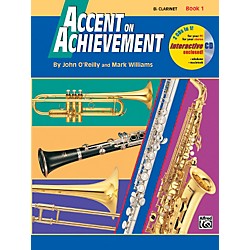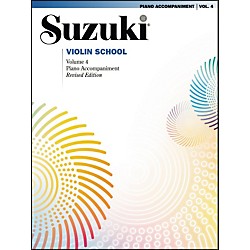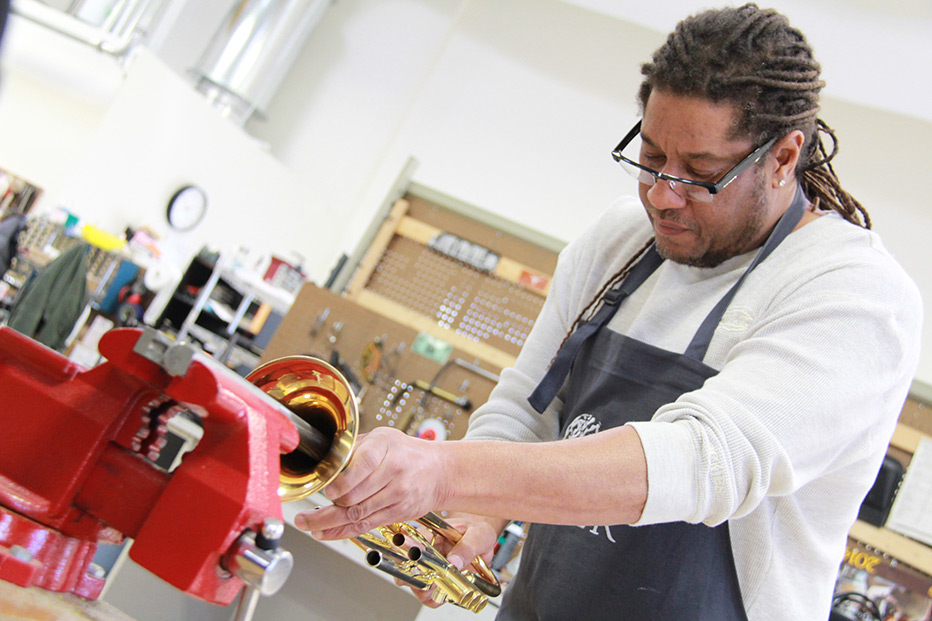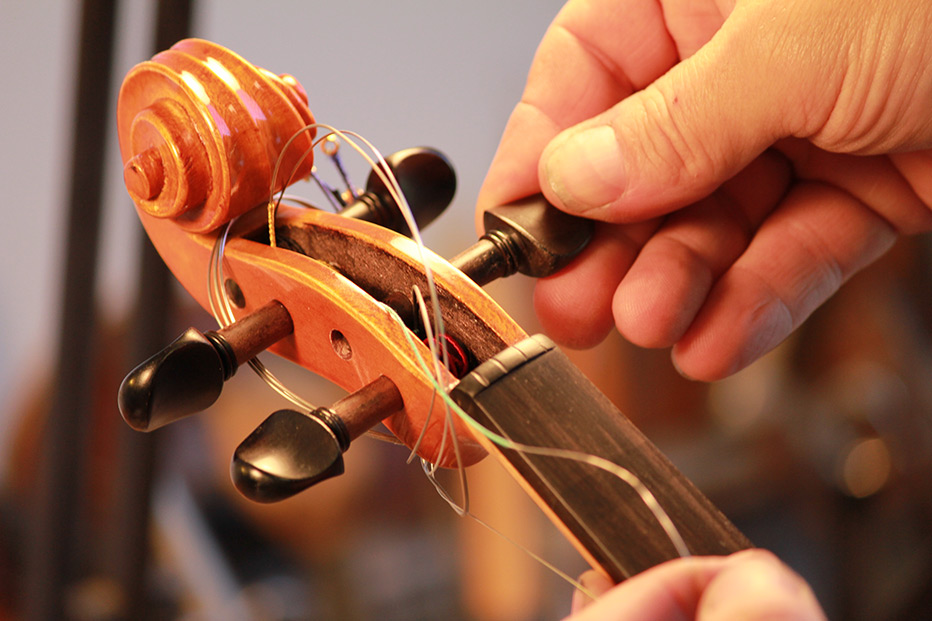April 09, 2015
What is a Method Book?


Whether you’re brand new to an instrument or have been playing for years, there is always room to grow as a musician. Regardless of which instrument you play or would like to learn to play, growing through practice is extremely important. When you’re first starting out, you’re often told that some of the most important aspects of growing as a musician are practicing effectively and often. An important element of practicing effectively is constantly pushing yourself to learn more and to try things that may be just outside of your skill set.
If you don’t do this, you run the risk of practicing too comfortably. Practicing comfortably occurs when your valuable practice time is spent going over exercises and pieces of music that you’ve already mastered. Doing this can certainly be enjoyable, but it doesn’t help you grow as a musician. In some cases, practicing too comfortably can reinforce habits that are counterproductive to your goal of growth. One great resource for making sure you’re practicing effectively is to use a method book.
What is a Method Book?
A method book is a kind of textbook for a particular musical instrument. There are method books that help to address certain problems or techniques relevant to the given instrument. For example, if someone wants to learn to play the clarinet but does not know where to start, they could purchase a method book for beginner clarinet players which might show them some simple, familiar songs and how they can be played. These kinds of exercises provide a useful structure for an aspiring musician’s practice time.


Having a musical roadmap which purposefully introduces musical concepts and techniques that build upon previous lessons and can be used in conjunction with in-person music lessons is extremely beneficial. Many method books are specifically tailored to students so they can adequately address common issues while other method books are large, multi-volume books which are meant to be used by a new student until she or he becomes an advanced player.
Can I Learn Using a Method Book Alone?
Most method books you’ll find in music stores advertise a range of special features, from DVDs to online resources, which can make it seem like they are an all-inclusive learning tool. While there are many helpful features which come with most of the method books you’ll find, they are not sufficient to help a music student learn an instrument by themselves. In other words, method books are designed to be supplemental to regular musical lessons rather than to facilitate self-teaching.
Music teachers use method books as the textbooks for their classes. When you take a music class, you will certainly find that the information, exercises, and resources that come with a method book are interesting and often helpful, but require a teacher’s experience and instruction. Music teachers are incredibly important to the process of learning to play an instrument in a way that method books generally can’t be because they can offer feedback and advice that’s based on your skills and abilities.
It’s important to note, however, that there are some method books that have been designed to help someone self-teach which contain detailed instructions about a given technique. These types of method books aren’t designed for anyone who is brand new to the instrument. Method books are important and helpful, but they can’t do the job of helping you learn to play an instrument by themselves.
Different Kinds of Methods
There have been several authors and editors who developed musical methods based on their philosophies that have become standards. The most well-known method is called the Suzuki Method, but there are also the Kodály Method, the Dalcroze Method, and the Orff Schulwerk.
The Suzuki Method
The Suzuki Method is an internationally known music curriculum and teaching philosophy that was developed by Shinichi Suzuki in the mid-20th century. Suzuki developed this method by trying to create an environment for learning music that paralleled the linguistic development of acquiring a native language. In other words, Suzuki believed that a student could learn music in the same way that they would learn a language. Additionally, Suzuki believed that this method would foster strong moral character. There are many method books available today which utilize the Suzuki Method.


The Kodály Method
The Kodály method, sometimes known as the Kodály Concept, was developed by Zoltán Kodály in the mid-20th century. Kodály developed this method after being appalled by the quality of musical education he witnessed at schools in early-20th century Hungary. Over several decades, Kodály and his associates developed a method which would go on to become standardized in Hungary, and later around the world. The Kodály method amalgamates what Kodály and his associates believed to be the best techniques from already-existing methods. The Kodály method is still being used to this day.
Orff Schulwerk
The Orff Schulwerk, also known as the Orff Approach, is another major approach used in music education. It was developed by the German composer Carl Orff and his colleague Gunild Keetman during the 1920’s. The Orff Approach combines music, movement, drama, and speech into lessons intended to be similar to the way children play. The Orff Approach is used worldwide in music classes that are meant to be natural and comfortable to the students. This method, and the books which are based on it, aims to be child-centered. The Orff Schulwerk continues to be popular to this day.
The Dalcroze Method
The Dalcroze Method is another major approach to music education. Also known as eurhythmics, the Dalcroze Method was developed by Émile Jaques-Dalcroze. The Dalcroze Method teaches rhythm, structure, and musical expression using movement to allow students to gain physical awareness of music. The emphasis on the association between physical movement and musical understanding is the defining characteristic of the Dalcroze Method.
There are many other prominent methods upon which the method books your musical instructor might use could be based on. Understanding the philosophies and approaches that guide the method can help you to determine if a particular method book is likely to meet the needs of you or your child. Haven’t found an instructor yet? Here’s some tips for finding a music teacher for your child.







